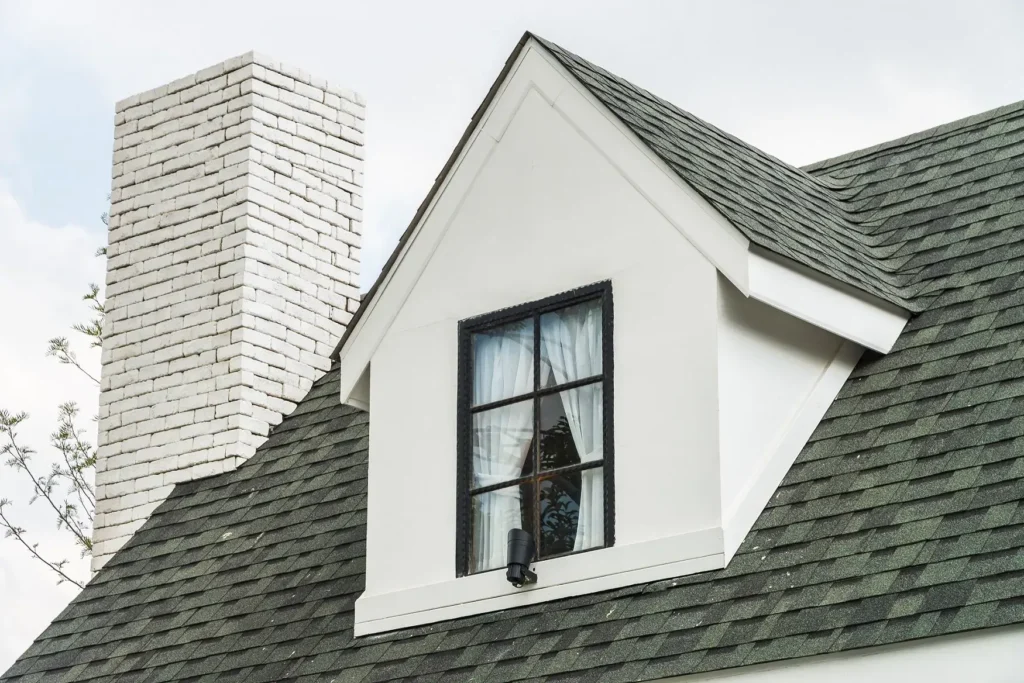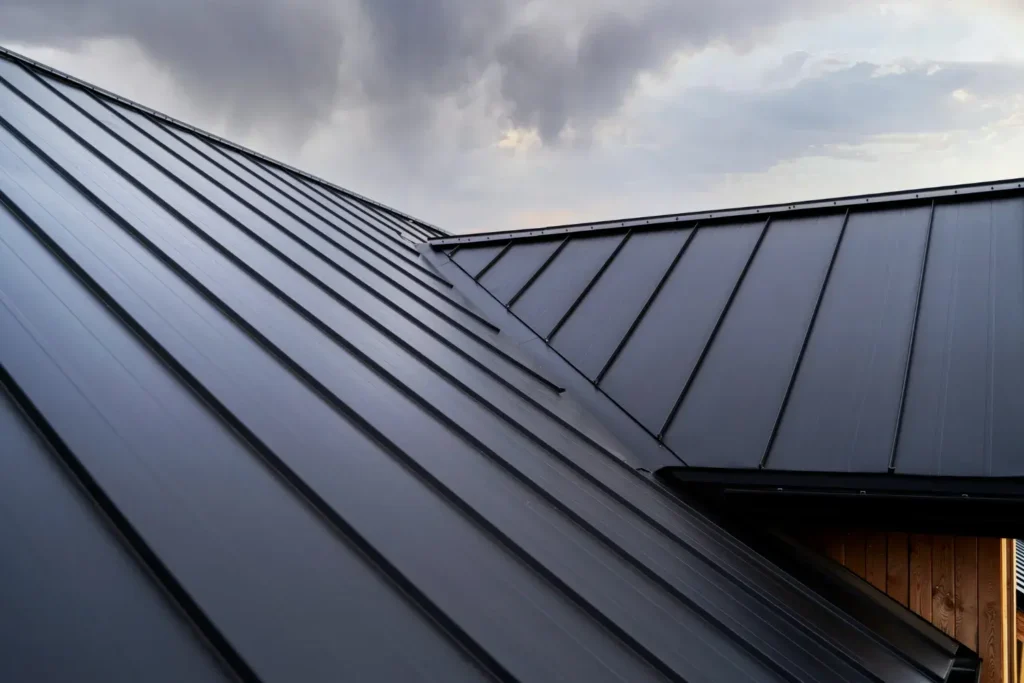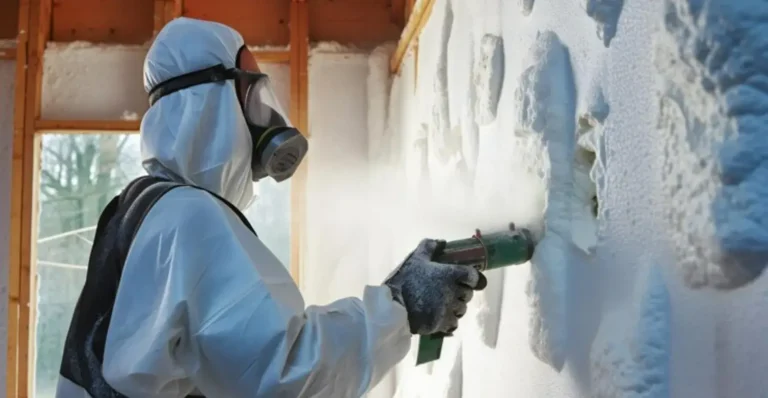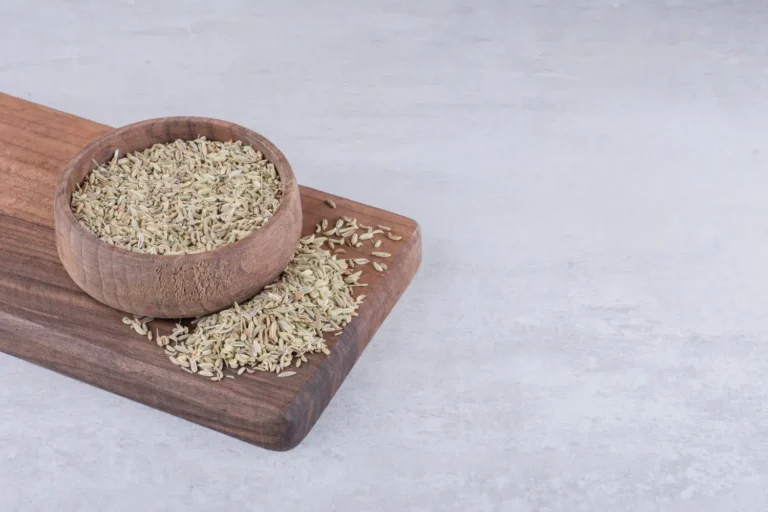
For many people around the world, the roof of a home is arguably one of the most crucial structures for a dozen of reasons. The residential roofing specifications are determined by physical surroundings, insulation to keep out cold, protection of the structures of the home and others. Moreover, arguably, the roof is what can bring the most added value to a home, hence, it’s crucial to have a roof made up of high-quality roofing materials.
However, the market offers a collection of types of roof material and thus choosing the right one is quite a challenge. In this blog we shall be looking at the various roofing materials and factors to keep in mind while choosing it.

Common Roofing Materials
Here are some common types of home roofing materials, and the good and bad about each:
1. Solar Tiles
Solar tile roofing is relatively a new roofing type and it is very attractive. Solar tiles can contribute to cutting down the expenses of the electricity bill as they utilise solar energy that can be harnessed for power. Interestingly, with enough solar panels you can reverse your energy bill to zero and even earn from it if your area has an energy-buy back program. As per this program, homeowners are paid for the energy that they generated from their solar energy systems.
2. Shingles (Asphalt, Fiberglass, Composite)
90% of the new houses today have their roofs made of shingle. Made from a combination of asphalt and fibreglass, they are cheap, durable, and quite easy to put up. Makers blend fibreglass, asphalt, and mineral composite and incorporate within it all sorts of colours such as grey, brown, red, green, or blue. But they will change their colour gradually due to the effects of exposure to natural light.
3. Metal Roofing
Several types of metal roofing exist in the market. All are preferred because they are rugged, waterproof and they have excellent UV protection. Price may also differ in relation to the design of metal roofing, again depending on the ones you will select. One needs to consult a certified roof inspector to know about more benefits about metal roofing.
4. Slate
Regardless of the type – tiles or shingles, it can be argued that slate is one of the most natural kinds of roofing materials for home constructions. It is beautiful, extremely hard wearing and can in fact last for ages. Therefore, slate is very easy to maintain as you do not have to add any protection from insects, water or even fire. However, slate is heavy, which limits the houses that can support it. They are also very costly and the residential roofing repair also costs a lot.

5. Clay Tiles
Clay tiles are also natural roofing materials made from clay and moulded and then fired to make it hard. It is ideal for use in the hot climate areas, hence making the dwelling units popular in the coastal and desert areas. They also hold less moisture hence require lesser time for maintenance as compared to natural ones. One of the main drawbacks of clay tiles is that they are rather costly. Although clay tile is less in weight than concrete tile, it could contribute to the structure’s weight that is undesirable.
You may read also: What Is PVD Stainless Steel Coating Used On Home Decor Products?
Main Factors to Consider While choosing Roofing Materials
Some of the things that will affect your choice of roofing materials include your financial plan, environment and the design of your home. Here are the things that can be considered as some of the factors:
1. Home Design
The choice between the kinds of roofing materials will depend slightly on the architectural style of your home. For instance, while using dark roofing, it matches with red, green or yellow painted houses. Roofs should be dark grey or black if the house interior is blue or grey. The same is true if the house interior is white and one wants to create a traditional and unique outlook.
2. Application for Roofing
This aspect determines your roof type based on the project like roofing a new building, re-roofing, or retrofitting the existing fabric of construction. New roofs do not confine you to the types of materials, construction, and angles of the roof structure as the replacement roofs.
3. Energy Efficiency
In the case of roofing systems however, energy consumption is emerging as one of the main issues concerning the homeowner as well as the business people. Good roofing can help you in acquiring affordable electricity prices. Such material as Aluminium has the capacity to reflect even more of both sunlight and heat back without being able to absorb most of it, of which the heat cannot transfer to the building that is below it.
4. Climatic Condition
Choosing the appropriate roofing materials in some way implies a great amount of attention to the surrounding environment. For example, if it usually rains, choose a material that can handle lots of rain falls. You could also go for a sloping roof that can efficiently drain off water and snow build-up. Considering the climatic conditions in and around your locality can help you choose a good roof for your house.
5. Weight
Consider the roof’s weight. Durability can be marked by heavy materials on structures trading on this type of wooden flooring. All things considered, pick materials that supplement your structure’s main solidarity or strength, and don’t hamper it. With time, as structure evolves further it starts to lose its single-mindedness. Welded Aluminium as a lightweight roofing material should also be used to reduce building pressure especially on buildings that were established over 40 years.

Conclusion
Roofs face a lot of adversities starting from rain, heat, snowfall etc. Moreover, it protects the house, its occupants and personal belongings, hence choosing the most appropriate roofing materials is crucial. All of the above mentioned factors should well be considered so as to come to the best decision.
Whenever you are in the process of selecting roofing materials or sheets for your house or any other building, Roman Home Systems is the residential roofing specialist. Among others, Roman Home Systems deals in several kinds of roofing sheets and has a wide range of superior profiles that may be utilized for both residential, industrial and business uses.







